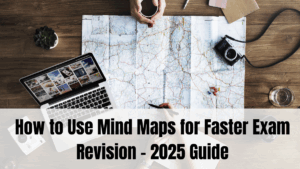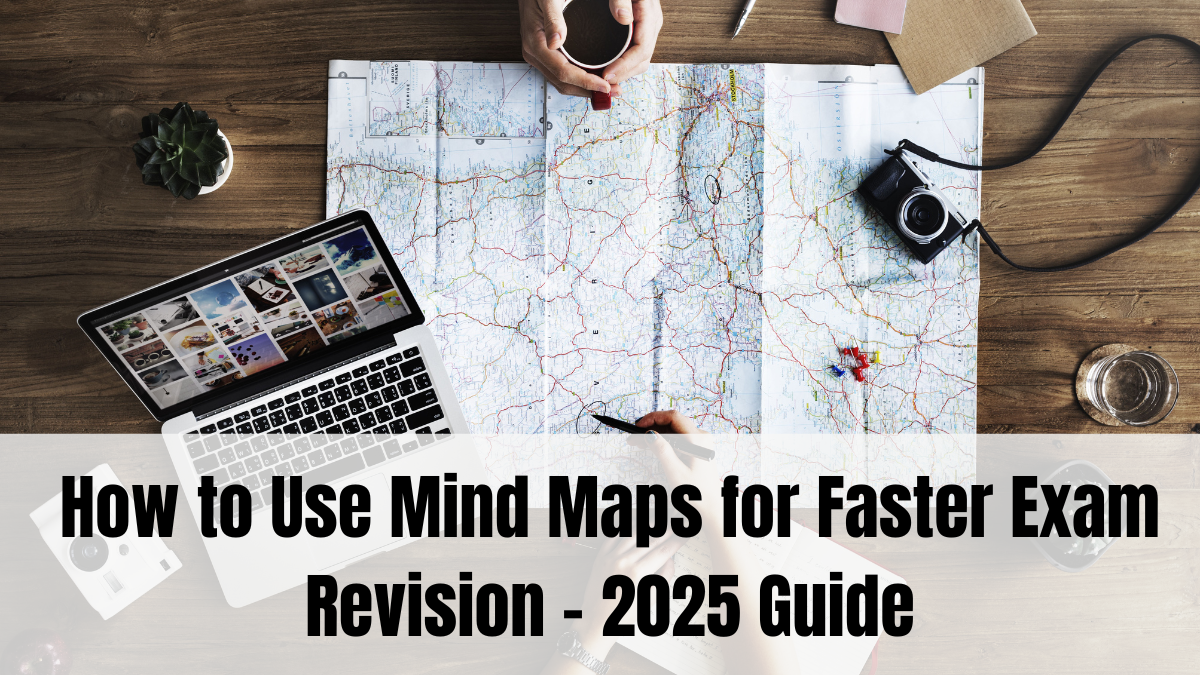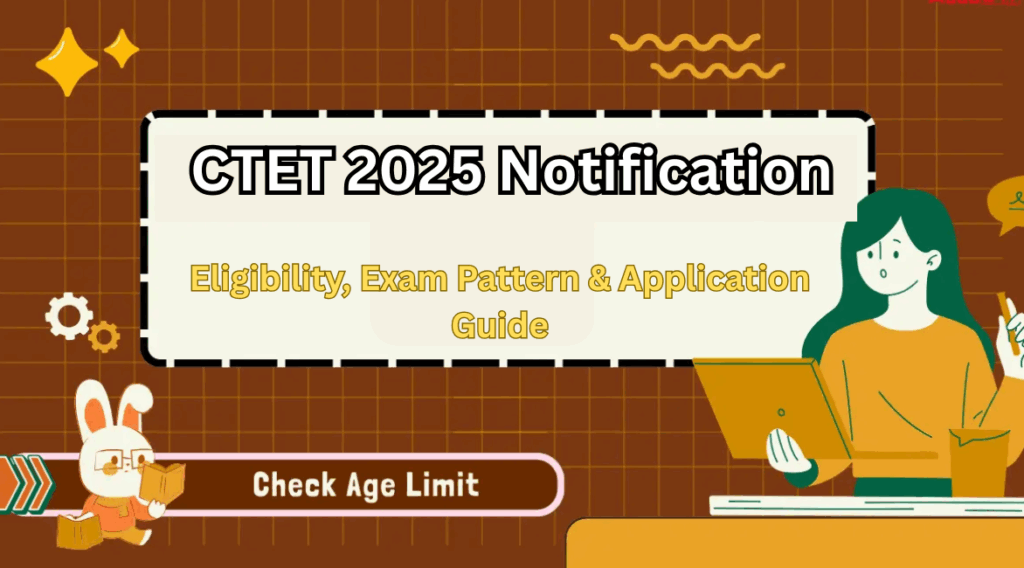When it comes to effective exam preparation, smart revision techniques can make all the difference. Mind mapping for exams 2025 has emerged as a powerful strategy that helps students organize information visually, improve recall, and connect concepts easily.
This beginner-friendly guide explains what mind mapping is, how it boosts learning, and step-by-step methods to create your own mind maps for faster, stress-free exam revision.

Table of Contents
What Is Mind Mapping and Why Does It Help?

Mind mapping is a visual tool that organizes information around a central topic using branches, keywords, colors, and images. It leverages the brain’s natural preference for patterns and associations, resulting in:
-
Enhanced memory retention
-
Faster comprehension of complex topics
-
Better organization of vast syllabus content
-
Increased creativity and engagement during study
Mind maps simplify revision by turning linear notes into dynamic, interconnected diagrams.
How to Create Mind Maps for Effective Exam Prep
Follow these steps to build impactful mind maps:
-
Start with a central idea: Write the main subject or chapter title in the center of the page.
-
Add main branches: Draw lines outward for key subtopics or themes.
-
Include keywords and images: Use single words or short phrases, and add symbols or doodles to reinforce memory.
-
Use colors and shapes: Different colors help categorize information and highlight important points.
-
Connect related ideas: Draw lines between branches to show relationships.
-
Keep it concise: Avoid clutter; focus on essential concepts and facts.
Digital tools like MindMeister or simple pen and paper both work well.
Best Topics to Mind Map for Exams
Mind mapping is especially effective for:
-
History timelines and events
-
Science processes and cycles
-
Definitions and formulas in maths or physics
-
Languages: grammar rules, vocabulary groups
-
Economics theories and models
-
Revision of essay outlines or answer structures
Choosing topics that benefit from visualization maximizes impact.
Tips for Using Mind Maps in Your Study Routine
-
Create mind maps during initial learning to organize notes.
-
Use them as quick revision aids before exams.
-
Share and discuss mind maps in study groups for collaborative learning.
-
Update maps regularly with new information and corrections.
-
Combine with other techniques like flashcards for reinforcement.
Consistency in practice leads to stronger memory and confidence.
Scientific Backing for Mind Mapping Effectiveness
Research shows mind mapping engages both hemispheres of the brain, boosting creativity and analytical thinking simultaneously. Students who use mind maps often score higher in recall and comprehension tests due to enhanced neural connections.
As exam content grows complex, tools like mind maps are invaluable for streamlined learning in 2025.
FAQs
What is mind mapping?
A visual diagramming technique to organize and connect information around a central idea.
How does mind mapping help in exams?
It improves memory, understanding, and revision speed by using visual associations.
Can I create mind maps digitally?
Yes, apps like MindMeister, XMind, and SimpleMind are popular digital options.
Is mind mapping suitable for all subjects?
It’s especially effective for subjects requiring understanding of relationships, such as history, science, and economics.
How often should I update my mind maps?
Regularly, especially after learning new concepts or revising topics.
Click here to know more.






